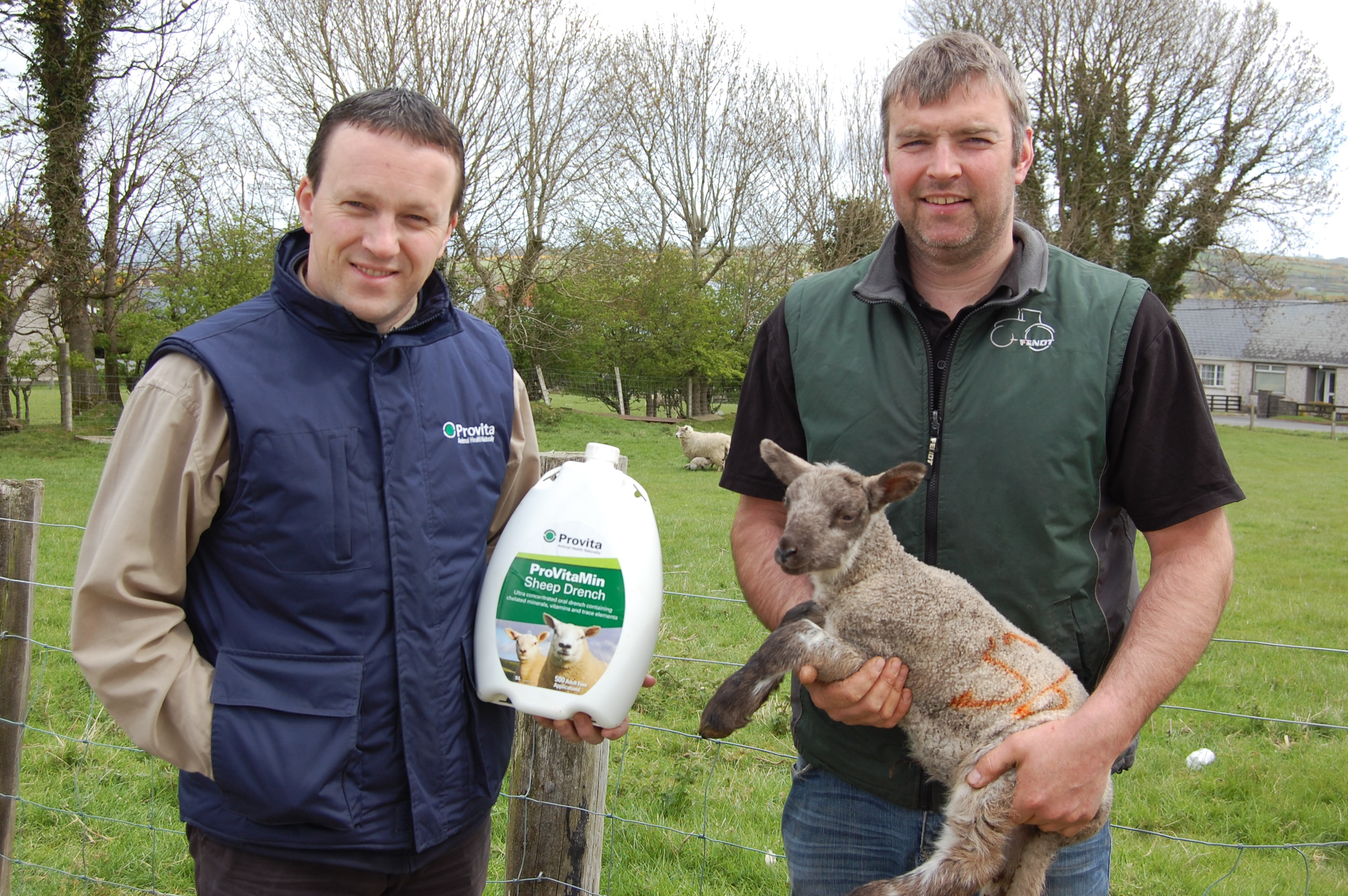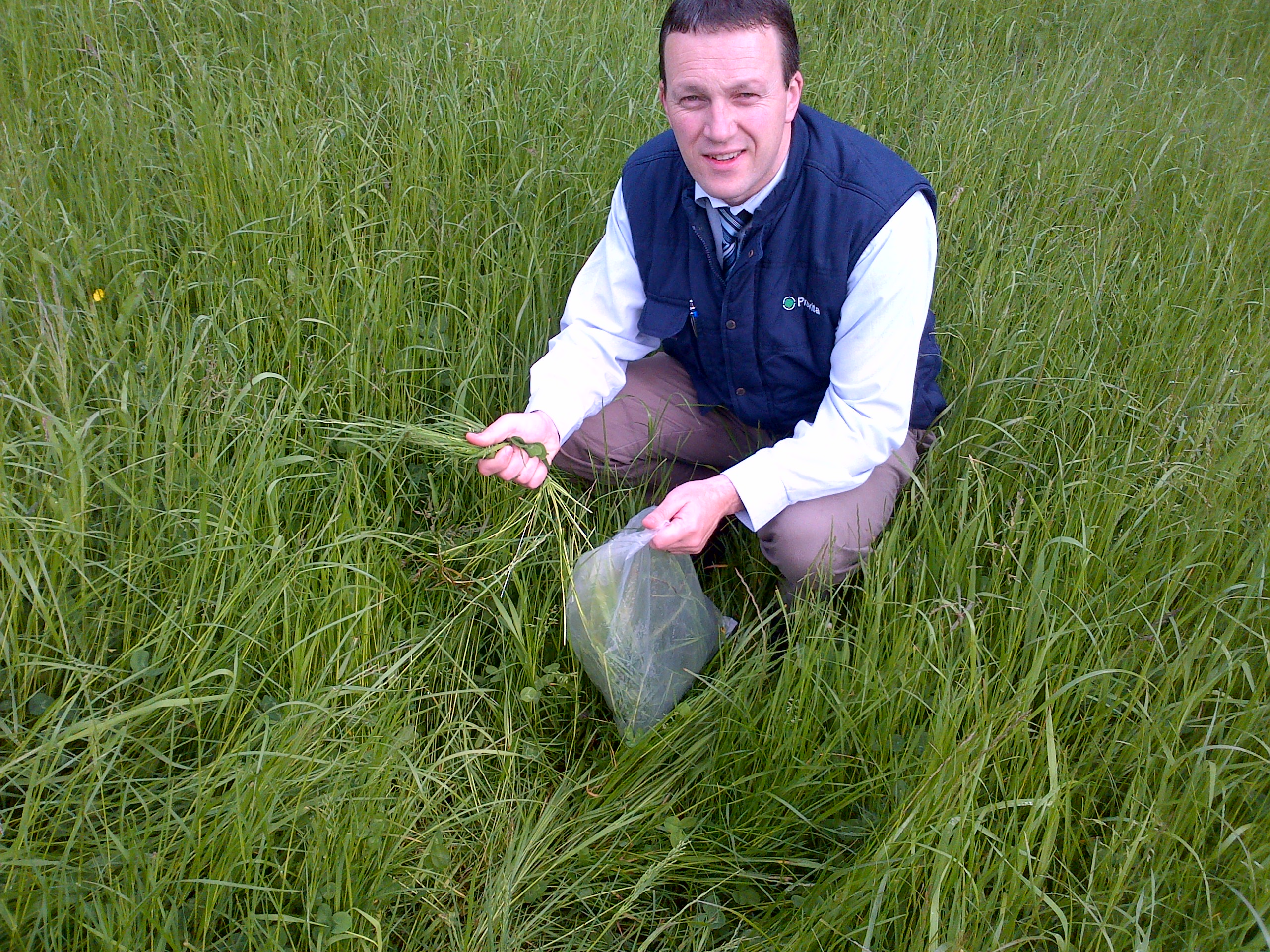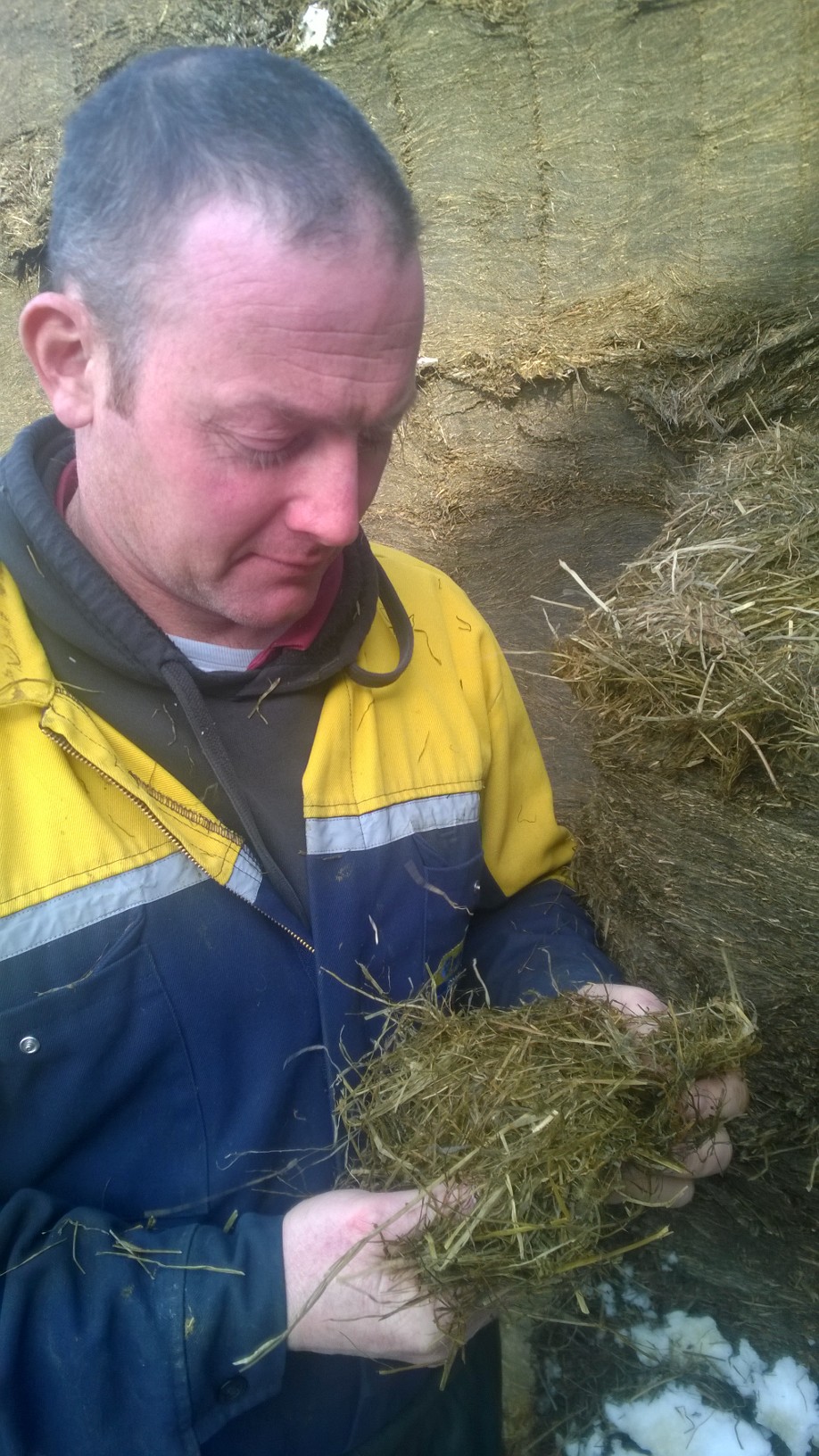At this time of year farmers are bombarded with information on silage inoculants. Many products claim to be better than the next one, so how can they actually be compared? With so much variation between years and cuts, it’s very difficult to compare silage inoculants or even treated verses untreated crops.
The chequered flag is about to be dropped on 2015 silage season
Most weather forecasters are currently predicting pretty settled conditions right through to the middle of next week. So the coming days should give many farmers an opportunity to get on with their first cut silage making operations.
“The focus must be on making high quality forage over the coming days,” explained Provita’s Tommy Armstrong.
“A high percentage of grass swards are at the perfect stage for cutting. Yes, crops might be a bit light at the present time, given the cool conditions over recent weeks. But a large tonnage in the pit should not be the core objective for farmers at this stage of 2015.
“Most producers have a fair bit of silage from last year. And, given these circumstances, the real challenge is that of making high quality forages that will drive milk and beef performance levels next winter.”
Conditions turn right for silage making
Grass testing carried out by Provita on swards this week has confirmed that, in all cases, farmers could get on with their silage making operations with every expectation of making high quality forages.
“We test for Nitrogen, sugar and dry matter levels,” explained the company’s Tommy Armstrong.
“And it really is a case of what a difference a few days can make. On Tuesday of this week, most grass samples taken had a dry matter content of around 20%, increasing to 25% and 30% after respective 12-hour and 24-hour wilts. The strong wind earlier this week has dried out the grass and ground surprisingly quickly. I was able to determine this by walking several fields on several farms, I would encourage farmers to do this on their own farm.”
ProVitaMin boosts flock performance levels in South Co Down
Colum Woods runs an expansive upland sheep enterprise near Hilltown in South Co Down with a mix of Blackface, New Zealand Romney and Lleyn breed types featuring prominently within his ewe flocks.
“The focus is very much on spring lambing with most of the lambs sold as stores in the back end,” he said.
“Improving the number of lambs reared per ewe has been a key objective for the business over recent years, hence the inclusion of Romney and Lleyn bloodlines over recent years.”
Colum will readily admit that 2015 is shaping up to be a very good lambing season.
“The ewes went to the tips in excellent condition last autumn. We had no end of grass at that time. The subsequent scanning results were also excellent,” he said.
“The lambing season is just about over. But I wouldn’t like to comment on how well lambs are performing until we gather the ewes for their first worming drench in a few weeks’ time. Mind you the current cold spell is not doing much for grass growth.”
Colum is totally committed to securing the best possible levels of performance from his ewes and lambs. And in this regard, he is very conscious of the need to ensure that the animals receive their full complement of minerals and vitamins at all times
Making better silage
Yes the weather has turned that little bit cooler this week. But the warm sunny spell enjoyed by everyone during the first three weeks of April has ensured a good start to the 2015 grass growing season. As a consequence, those farmers keen to take a high quality crop of first cut silage over the coming weeks should have the opportunity of so doing.
However, Provita Tommy Armstrong cautioned “The now cool and showery weather means that the uptake of nitrogen will have slowed and even if it should be gone, i.e. 6 weeks after fertilizer has been applied, we would strongly advise testing it for nitrates. The reason for this is that if we experience a good growing period it can pull the nitrates levels in grass back up again. Having tested a lot of grass last year we seen nitrates levels fall then rise again, we offer grass testing as part of our support services for anyone using Advance+ silage inoculant.
Could your silage inoculant pass the mini-silo test?
Provita are encouraging farmers to test the effects of their silage inoculant on their own farm.
With current prices many farmers will be asking the questions of every ingredient supplier do I need this, will it work and what benefit if any will it give me.
With silage inoculants it can be difficult to see the promised benefits on farm as each year, cut, field and farm is different.
One of the ways these questions can be answered is by farmers themselves making their own mini-silo tests. These can be used to assess treated verses untreated or one brand verses another.
Excellent results achieved with Provita Advance+ Silage Inoculant
On-farm tests carried out on the reformulated Provita Advance+ have demonstrated its unique ability to substantially improve fermentation in a wide range of conditions.
Provita Advance+ achieved excellent results through the new standardised EU registration system. Farmers were curious to test the benefits themselves. Provita devised and supervised a mini silo testing system where farmers could compare a treated and untreated sample from the same cut, the same field at the same time just a few meters apart, the on farm results were also excellent.
Silages from the same field compared on farm
At this time of the year many farmers are bombarded with information on silage inoculants. Many products claim to be better that the next one, so how can actually they be compared? With so much variation between years and cuts, it’s very difficult to compare silage inoculants or even treated verses untreated crops.
The first thing to check is, are the bacterial strains in the silage inoculant approved within the EU as a feed additive? This EU registration system has set of standard parameters to measure efficacy such as dry matter losses, pH, lactic acid and ammonia plus stability for wholecrop and maize silages.
Total attention to detail – the secret of the Springhill success story
The flock name Springhill is synonymous with the highest standards of pedigree Texel and Charollais sheep breeding. The Foster family – John, his wife Helga plus sons Graham and Robbie in tandem with daughter Alice – run a 320 strong ewe flock along with a 240-cow dairy herd near Ardstraw in North Co Tyrone.
“The Texel flock comprises 100 ewes,” John explained.
“All are crossed with pedigree Texel tips with 15 ewes flushed annually to produce embryos. In tandem with this we run a pedigree Charollais flock of 30 purebred ewes. Half of these are crossed with elite Charollais tips. The remainder are served on a 1:1 basis with Texel and Beltex rams. There is a growing demand within the lowland sheep sector for high quality crossbred Charollais tip with the capability of producing elite lambs having high levels of crossbred vigour.
Prioritising colostrum quality pays dividends
Terence Fox milks 50 Holstein Friesian cows at Moygashel in Co Tyrone. Calving all year round, the herd is achieving a high level of performance, combining milk output and quality.
“I have made a conscious effort to address those areas of management that must be improved on an ongoing basis. One of these is calf rearing,” Terence explained.






